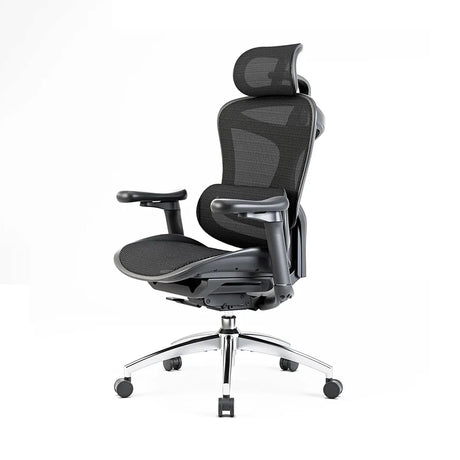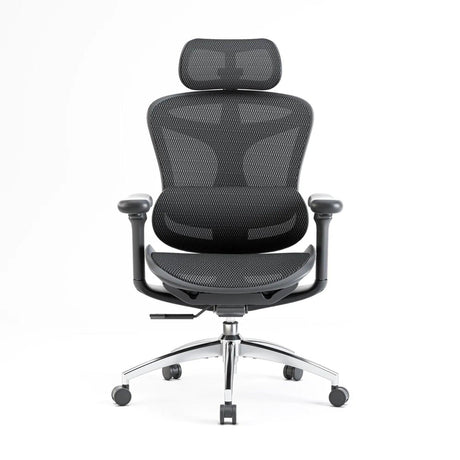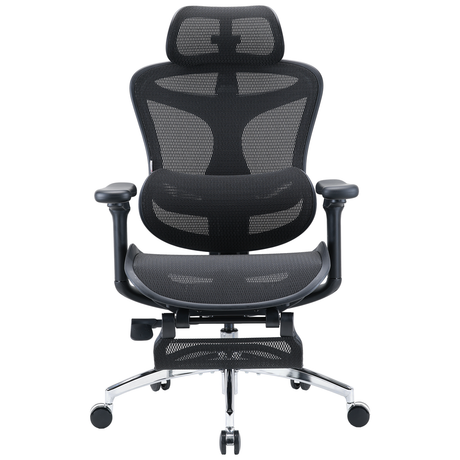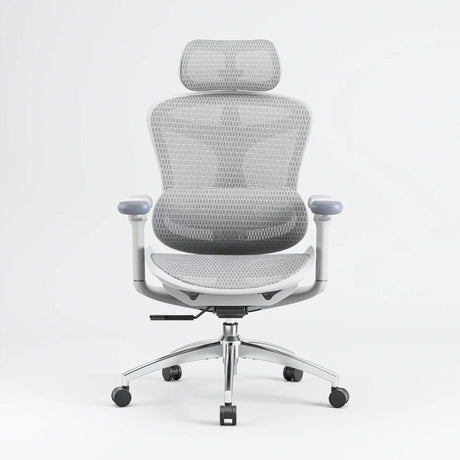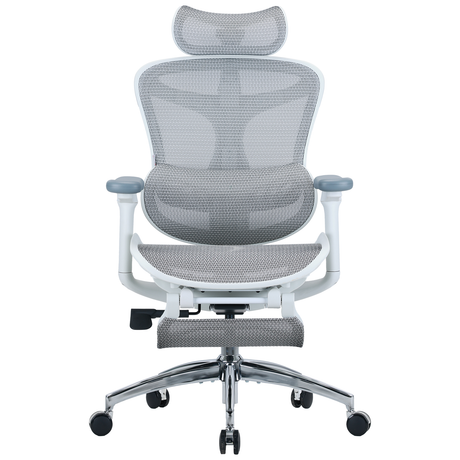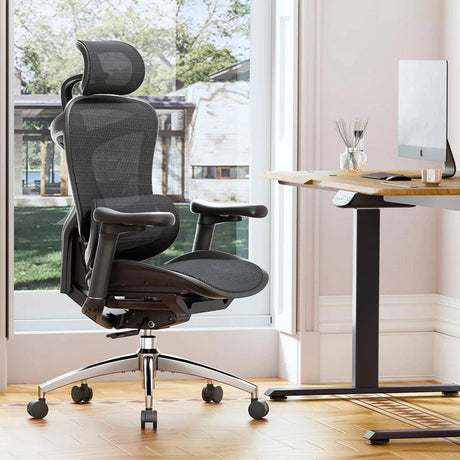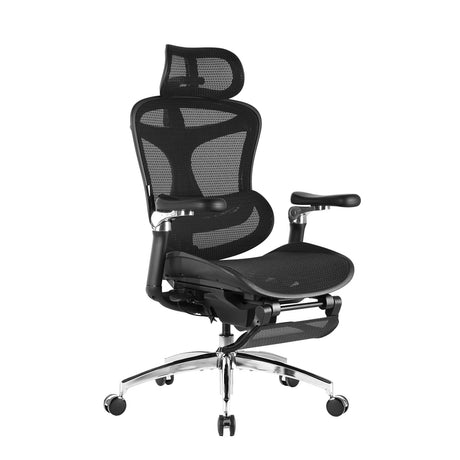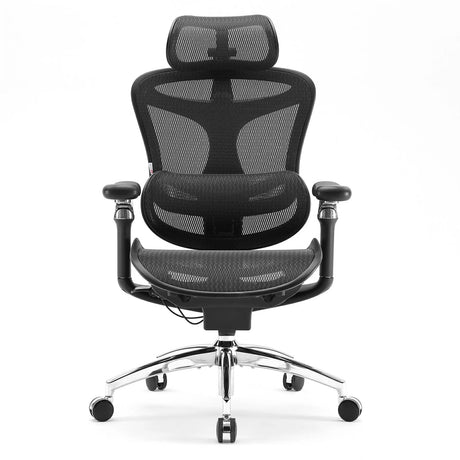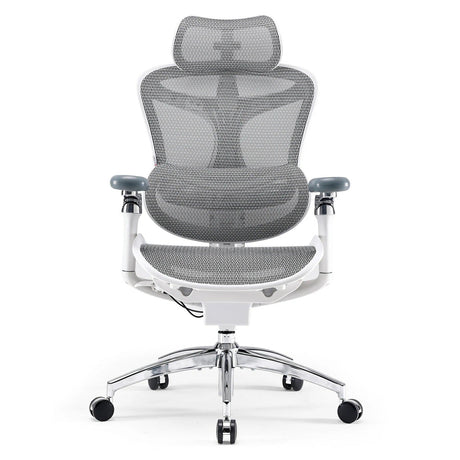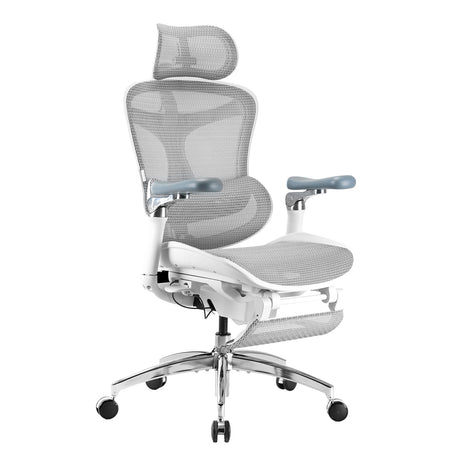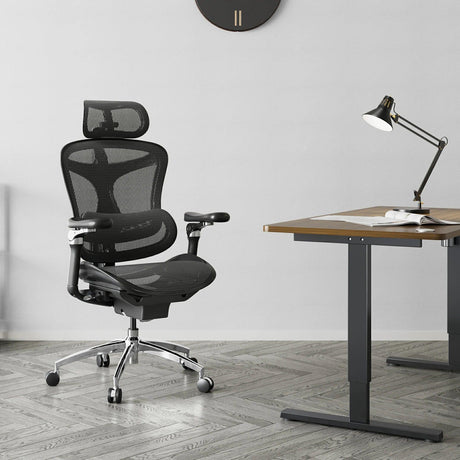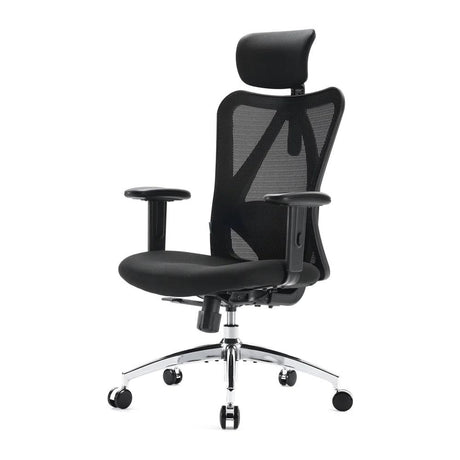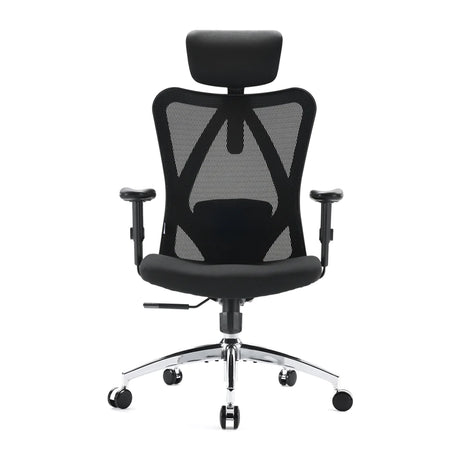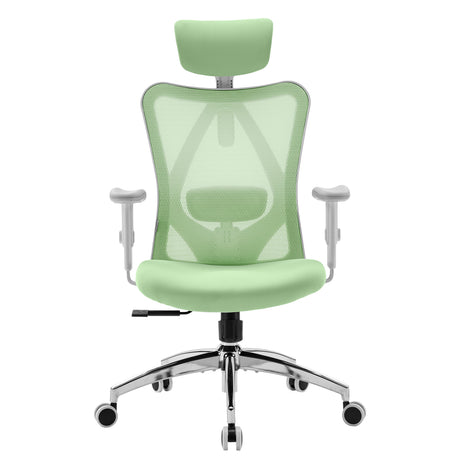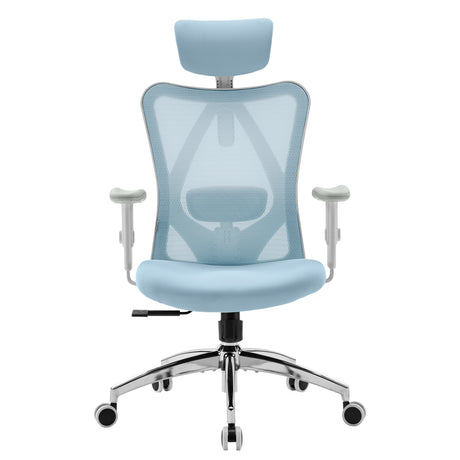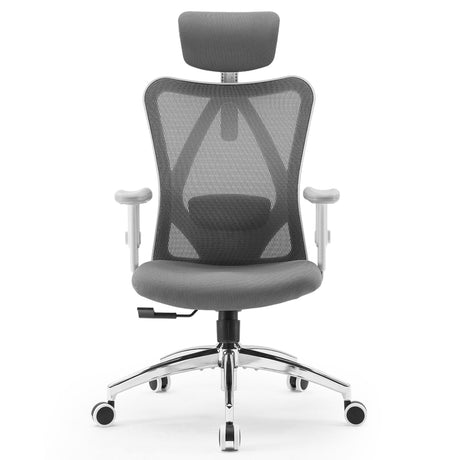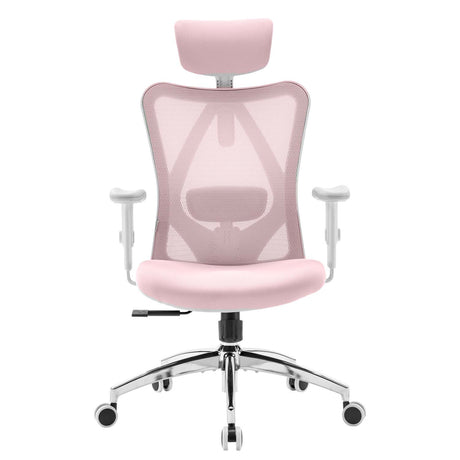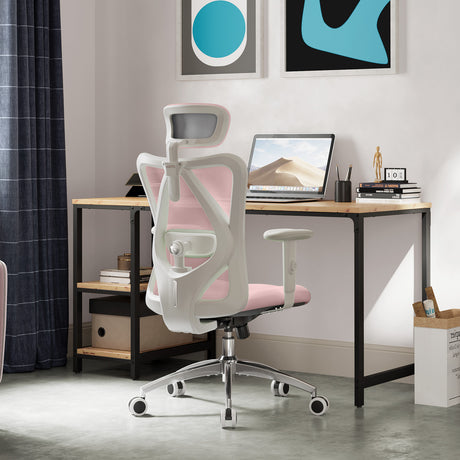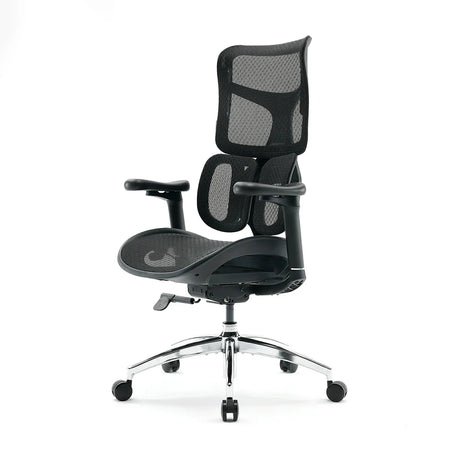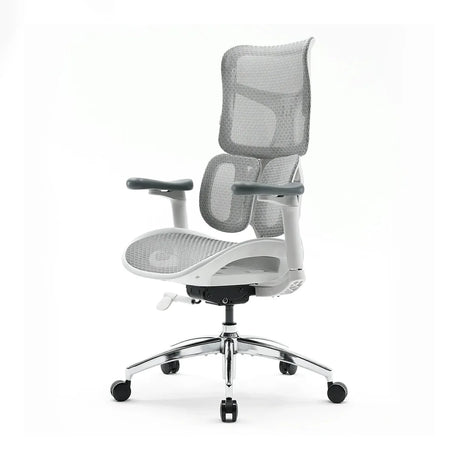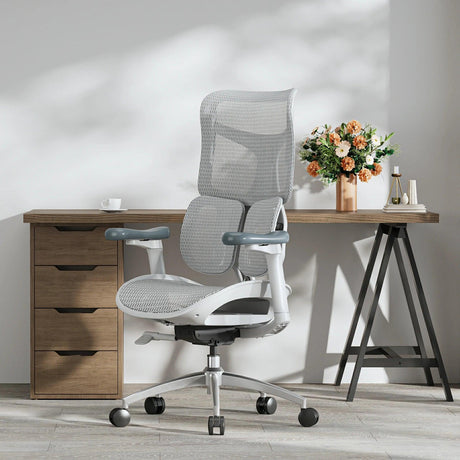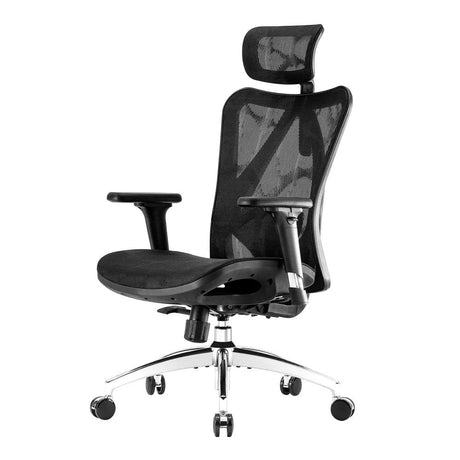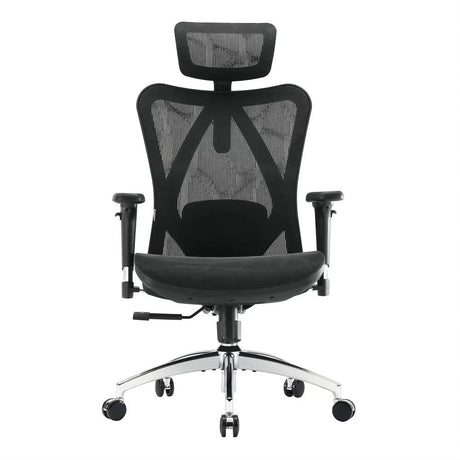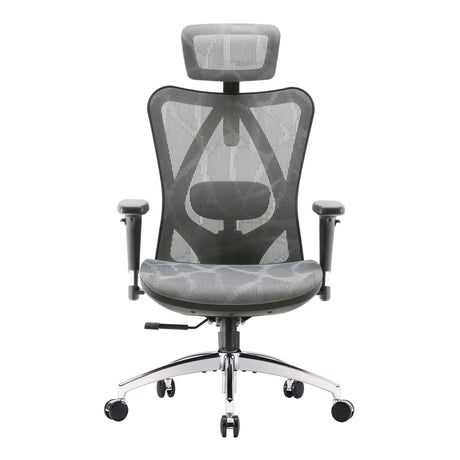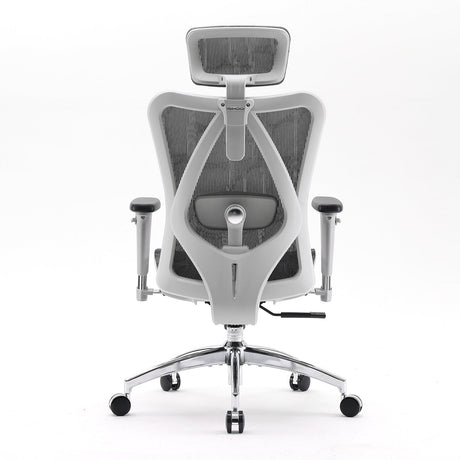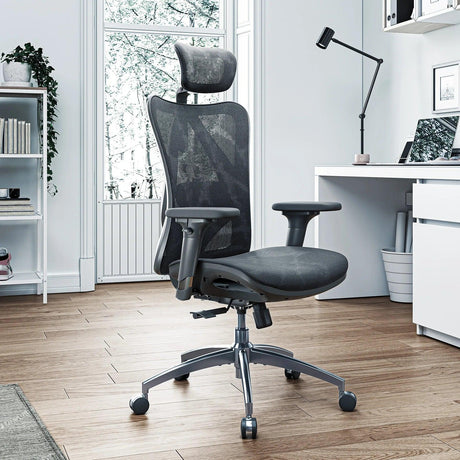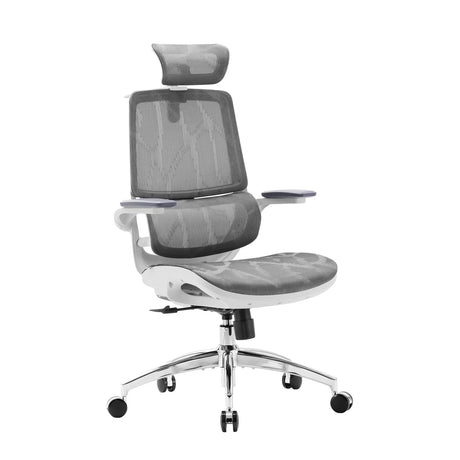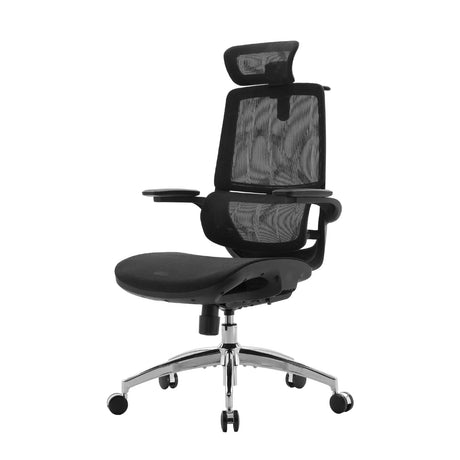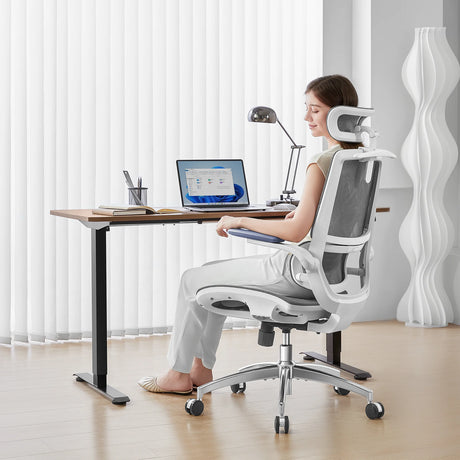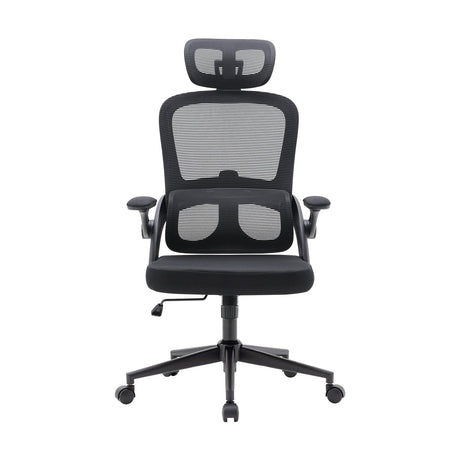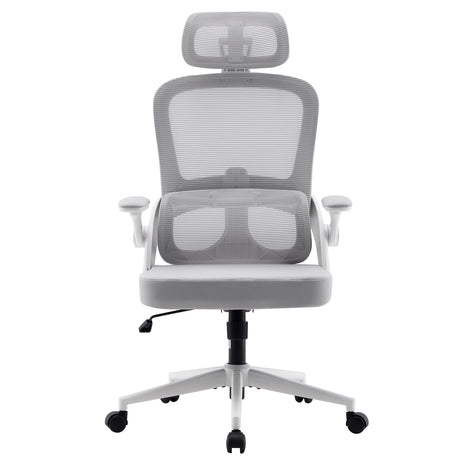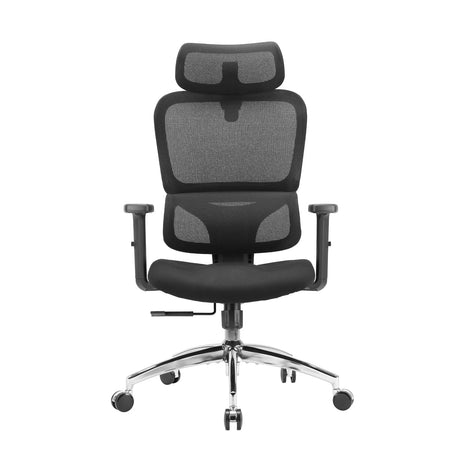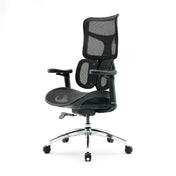When it comes to choosing the right office chair, many of us focus on aesthetics or brand reputation. However, the comfort and health benefits that come from proper sitting posture are crucial to ensure productivity and long-term well-being. But how should an office chair sit? The key lies in its adjustability, ergonomic features, and the way you position yourself while sitting.
Let’s explore how to optimize your office chair for comfort and health.
1. Seat Height: Setting the Foundation
The first step in setting up your office chair is adjusting the seat height. The goal is to ensure that your feet are flat on the floor or on a footrest, with your knees bent at a 90-degree angle or slightly more. This will help maintain proper blood circulation and prevent the strain on your lower back.
Here’s how you can check the proper height:
- Feet flat on the floor: When seated, your feet should comfortably touch the ground. If they don’t, adjust the chair to a height where they can rest flat.
- Knee alignment: Your knees should be about level with your hips. If your knees are higher than your hips, the seat is too high. If they’re lower, adjust accordingly.
For taller individuals, a higher seat height will allow you to maintain this posture, while shorter users may need a chair that offers extra adjustment.
2. Seat Depth: Comfort for Your Thighs
The seat depth is just as important as the seat height. The ideal seat depth allows you to sit back comfortably with your back against the chair’s backrest while leaving a gap of about 2-3 inches between the edge of the seat and the back of your knees. This gap ensures that your thighs are fully supported without cutting off circulation behind your knees.
To adjust the seat depth:
- Lean back into the chair and make sure that there’s no pressure on the back of your knees. You should have a couple of inches between the seat edge and your calves.
- Some ergonomic chairs have a seat depth adjustment feature. If yours does, use it to find the optimal fit for your body.
3. Backrest: Proper Lumbar Support
The backrest is one of the most essential components of an office chair. A good chair provides lumbar support to maintain the natural curve of your lower spine. This reduces the risk of back pain, a common issue among office workers who sit for long periods.
When adjusting your backrest:
- Lower back support: Ensure that the lumbar support hits the curve of your lower back (lumbar region). This helps maintain a neutral spine position.
- Adjustable recline: A reclining feature allows you to shift your position throughout the day. When the backrest is reclined, you should still maintain support for your lower back to avoid slouching.
- Full back support: Ideally, your backrest should support your entire back, especially if you spend a lot of time sitting. Some chairs have adjustable backrest height or a movable lumbar support cushion for added comfort.
4. Armrests: Arm and Shoulder Relaxation
Armrests are often overlooked, but they play a crucial role in reducing shoulder strain and promoting proper posture. The goal is for your arms to rest comfortably at your sides with your elbows at around a 90-degree angle.
Here’s how to set up the armrests:
- Elbow height: Adjust the armrests so that your forearms rest lightly on them without raising your shoulders. Your elbows should remain close to your body, and your forearms should be parallel to the ground.
- Armrest width and padding: The armrests should not be too wide or too narrow. They should be positioned to avoid straining your shoulders, and the padding should be soft enough to provide comfort without cutting into your arms.
5. Seat Material and Padding: All-Day Comfort
While the seat height, depth, and backrest support are crucial, the material and padding of the chair can also significantly impact comfort. Ideally, the seat should have enough cushioning to support long hours of sitting without causing pressure points, but not so much that it feels like sinking into a sofa.
Look for chairs with:
- Breathable material: A mesh or fabric seat allows air circulation, reducing the buildup of heat and moisture.
- Adequate cushioning: Padding should be firm enough to provide support but soft enough to be comfortable. Memory foam or high-density foam are popular options for ergonomic chairs.
6. Adjusting to Your Chair
Once you’ve set up your chair with the above adjustments, it’s time to fine-tune it to your body and work habits. Here are a few quick tips:
- Sit all the way back in your chair to ensure your back is fully supported.
- Keep your monitor at eye level: Your chair should position you at the right height to view your screen comfortably without straining your neck.
- Posture checks: Keep your spine neutral, shoulders relaxed, and avoid slumping or leaning forward. Take breaks regularly to stand and stretch.
7. Final Thoughts
The question of "How should an office chair sit?" isn’t just about the chair itself—it’s about how you adjust it to fit your body and work style. A properly set up chair will not only enhance your comfort but also promote better posture, improve circulation, and reduce the risk of long-term injuries like back and neck pain.
By understanding the basic ergonomic principles of adjusting your office chair, you’ll be in a better position to tackle your workday comfortably and with confidence. So, take the time to fine-tune your chair to your personal needs—it’ll pay off in better productivity, less pain, and more comfort over time.
Bonus Tip: Consider Ergonomic Options
If you’re still unsure about which chair is right for you, consider ergonomic chairs like the Sihoo Doro series. These chairs offer customizable features such as dynamic lumbar support, adjustable armrests, and seat depth to fit a variety of body types and preferences. Investing in a quality ergonomic chair could make all the difference in your long-term health and comfort at work.
By focusing on proper chair adjustments, you can create a more comfortable and productive workspace. How does your chair currently sit?

